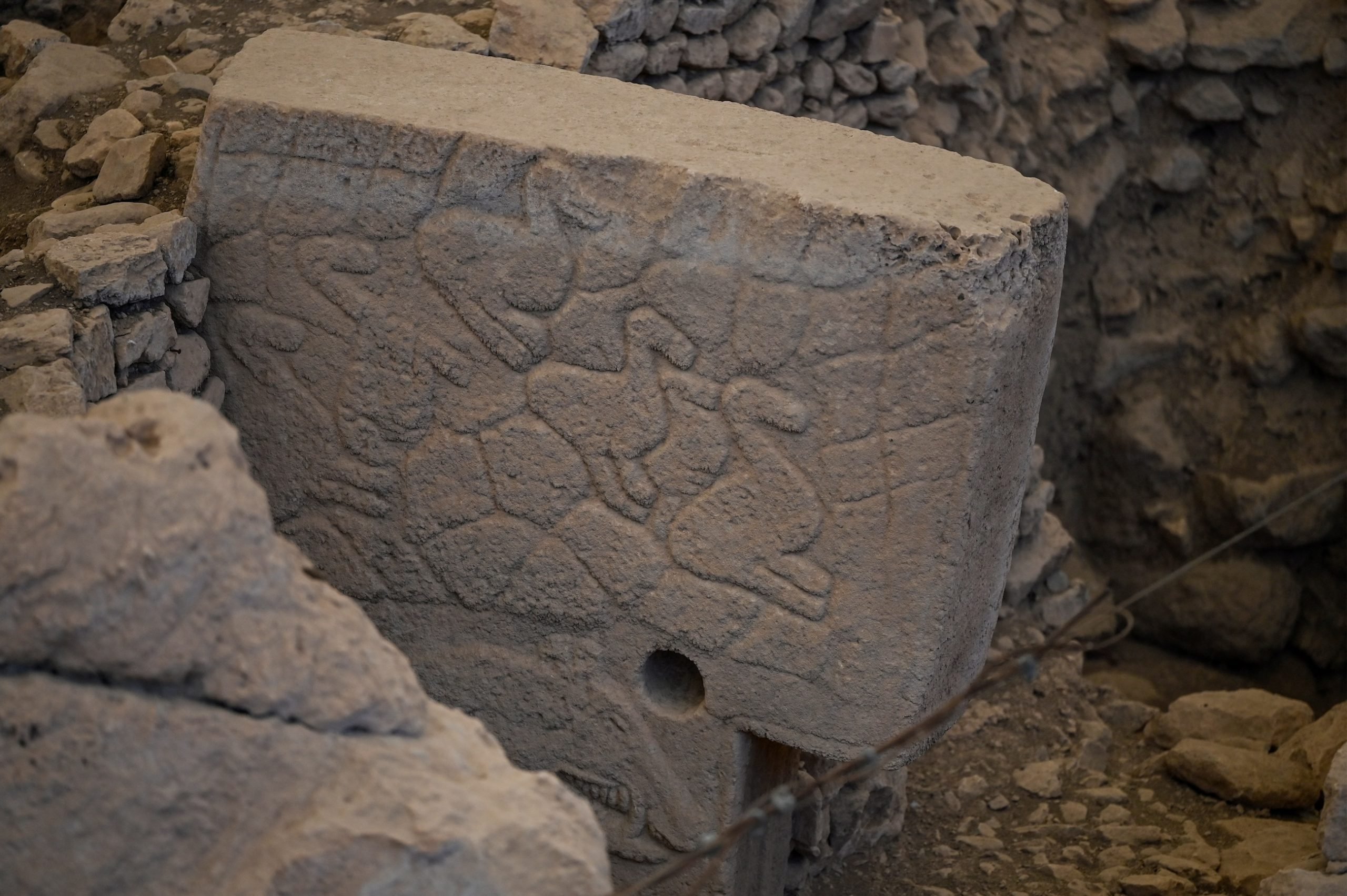
In the 1960s, anthropologists from Istanbul University and the University of Chicago were conducting a survey of southeastern Anatolia when they stumbled upon a mound peppered with limestone slabs, some of which stood as tall as 18 feet. Because of its resemblance to other sites in Turkey, the anthropologists did not investigate the site further.
This changed in 1994, when a German archaeologist named Klaus Schmidt read a report of the discovery and traveled to Anatolia to investigate the mound firsthand. When he arrived, he was not disappointed. The limestone slabs, which the anthropologists had taken for gravestones, struck him as constructions of a greater, cosmological significance. “It was clear right away this was a gigantic Stone Age site,” he told Smithsonian Magazine in 2008.
Schmidt would devote the better part of his career to excavating the site, now known as Göbekli Tepe or “Potbelly Hill” in Turkish. A year after his initial visit, the archaeologist returned with a team of five colleagues, quickly uncovering a slew of megaliths, some of which were buried so close to the surface they had been damaged by plows.
Klaus Schmidt in Sanliurfa, Turkiye, 2011. Photo: Esber Ayaydin/Anadolu via Getty Images.
As the team dug deeper, they discovered that the megaliths had not been placed at random, but arranged in multiple circles. The mound proved to be almost 1,000 feet in diameter, rising 49 feet above the ground at its tallest point. The circular megaliths, placed on top of the mound, were similarly massive, ranging from 32 to 98 feet in diameter.
Göbekli Tepe’s age turned out to be more impressive still. Using nearby sites as an index, the archaeologists estimated that the site had been constructed sometime around 9,600 and 8,200 B.C.E., making it one of the oldest manmade structures on the face of the planet—6,000 years older than Stonehenge and the Great Pyramids of Giza.
Before long, Schmidt’s team grew to encompass a dozen archaeologists and 50 local laborers, along with a constant supply of students. Prior to his death in 2014 at the age of 60, Schmidt’s team would typically work four months per year, two in the spring and two in the fall. Their schedule was determined mainly by environmental factors, with winter rainstorms and summer heatwaves of up to 115 degrees Fahrenheit making manual labor all but impossible. In between operations, the team would continue their research out of a house in the Ottoman settlement of Urfa, 12 miles west of the site.
The Göbekli Tepe. Photo: Halil Fidan/Anadolu Agency/Getty Images.
Although researchers are confident of Göbekli Tepe’s age, they have yet to agree on the megastructure’s original purpose. Some have speculated that the site was used for seasonal, social, and religious events by nomadic hunter-gatherers—a hypothesis supported by the large number of animal carvings that adorn the limestone slabs, including foxes, snakes, gazelles, lions, ants, vultures, and spiders, to name just a few.
Perhaps Göbekli Tepe was originally a temple, as Schmidt believed. Although he and his colleagues found that the areas between the slabs were once filled up, creating an enclosed space, stratigraphic studies conducted shortly before his death suggest this may have been the result of landslides rather than human activity.
The Göbekli Tepe archeological site in Sanliurfa province, southeastern Turkey Photo: Mustafa Kaya/Xinhua via Getty Images.
One of the most recent—and compelling—hypotheses was put forward by Martin Sweatman, a professor at the University of Edinburgh’s School of Engineering. In a study published in June 2024, Sweatman argues that Gobekli Tepe, not unlike Stonehenge, may have functioned like a lunisolar calendar—an argument he supports by the selective positioning of the limestone slabs as well as the documented astronomical symbolism of some of the carvings.
Thus, if Göbekli Tepe isn’t the world’s oldest temple, it may be the world’s oldest calendar.
Sometimes, archaeology gets big. In Huge! we delve deep into the world’s largest, towering, most epic monuments. Who built them? How did they get there? Why so big?